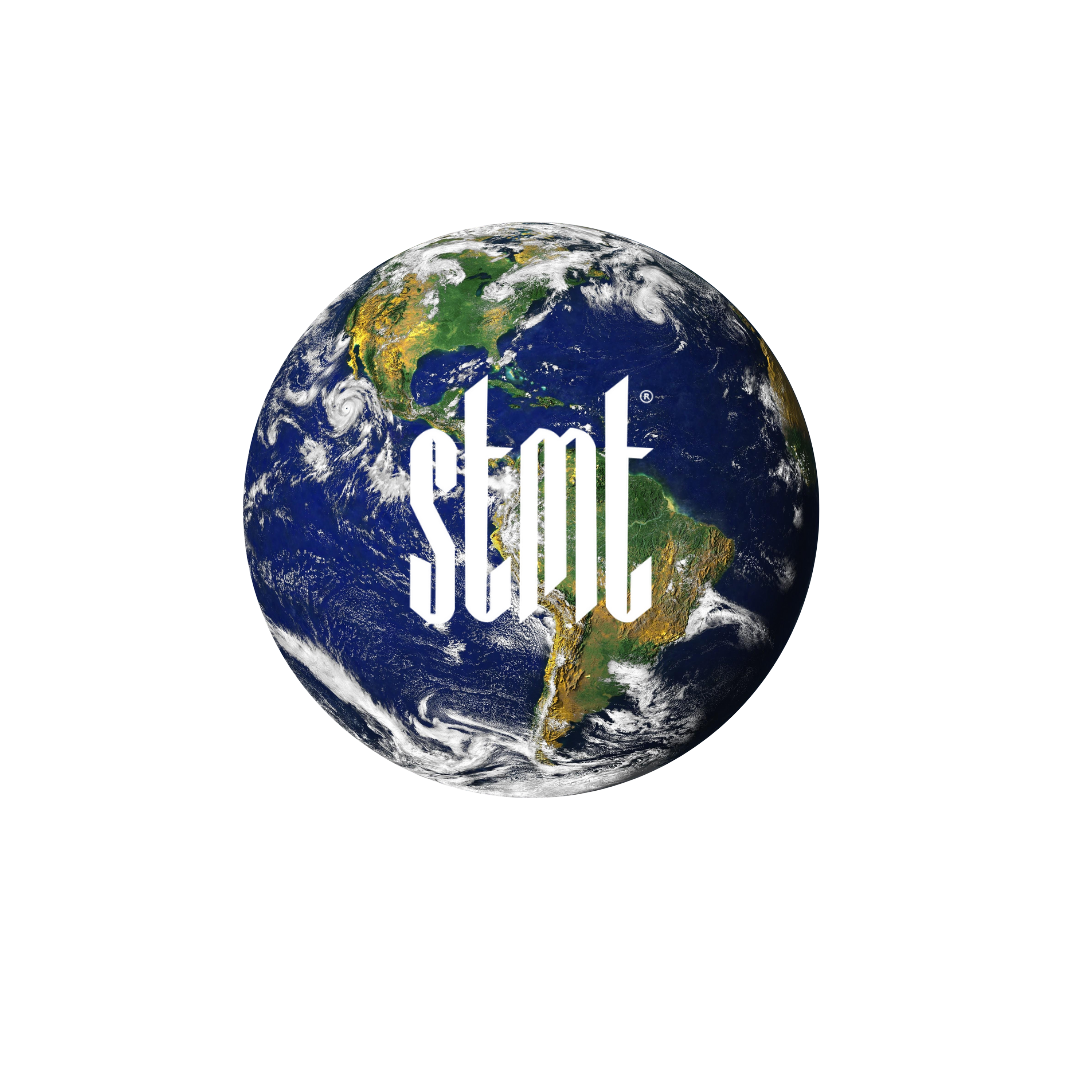“STAGES OF A GARMENT’S LIFE CYCLE”
FACTS: Each garment made has a life cycle that includes many stages during the production process. Morality is a key factor in each stage, as this influences environmental behavior, along with ethical practices within textile mills and clothing manufacturers. The stages of a garment’s life cycle are as follows:
Cultivation of a raw material
Preparing the fiber; rinsing the fiber
Spinning; converting fibers into thread/yarn
Pre-treatment (different methods depending on natural fiber or synthetic fiber); removing waxes and oils, while improving the color and texture of thread
Knitting/weaving; creating the fabric by stitching/looping (knitting) or interlacing (weaving) the thread/yarn together
Dyeing & Printing; use of natural dyes (derived from plants) or synthetic dyes (toxic chemicals)
Finishing; enhancing the appearance and end-use of fabric, which may include pre-shrinking, bleaching, and glazing the fabrics
Cutting
Sewing
Treatment; reducing the friction of the fabric
Laundering; cleaning the fabric
Retail; selling the garment to consumer
Use & Care
End of use
DEFINITION: Annie Gullingsrud, the author of ‘FASHION FIBERS | DESIGNING FOR SUSTAINABILITY’, described the production process of a garment in detail, as each stage may positively or negatively affect the environment and human ethics. During the production process of a garment, fibers are either produced by naturally grown materials, such as cotton, wool, silk, bamboo, etc., or by synthetic (man-made) materials, such as polyester, nylon, and polypropylene, which are polymers made by mixing toxic chemicals.
SOLUTIONS: As consumers, it is important to consider the effects that a garment has on the world we live in. Supporting sustainability and ensuring eco-friendly practices helps circumvent poor working conditions within garment factories, waste accumulation, extreme water usage, deforestation, and the use of toxic chemicals. This will lead to a result of fair working conditions, better farming practices, renewability, biodiversity, and verified chemicals that are eco-friendly.
